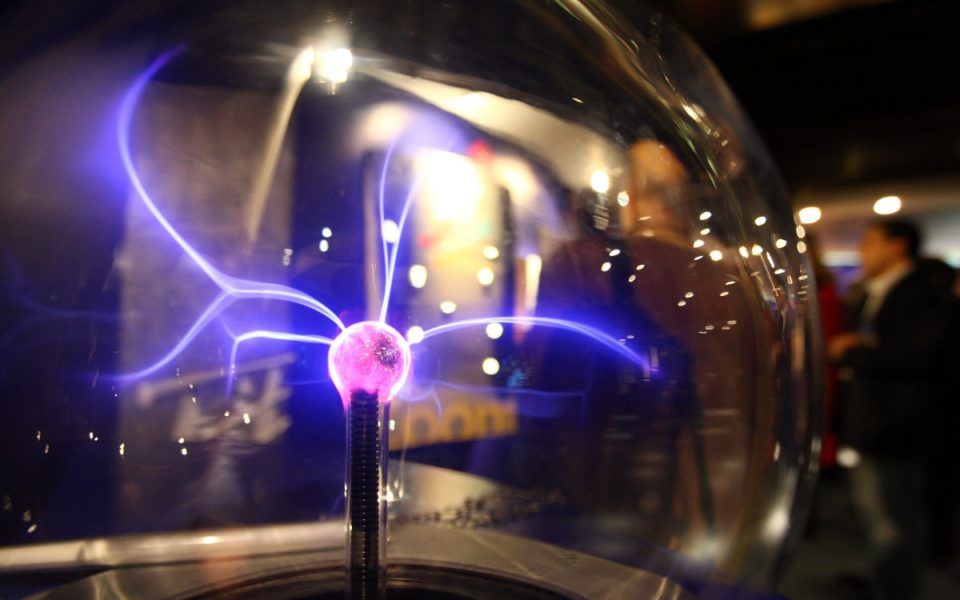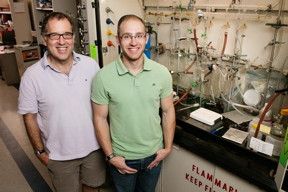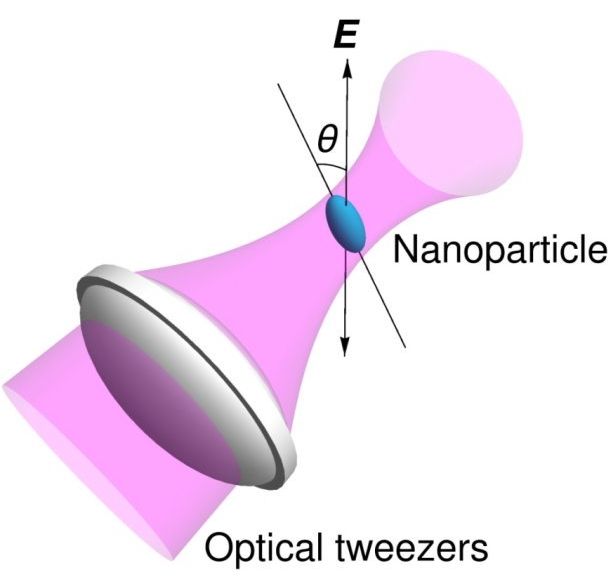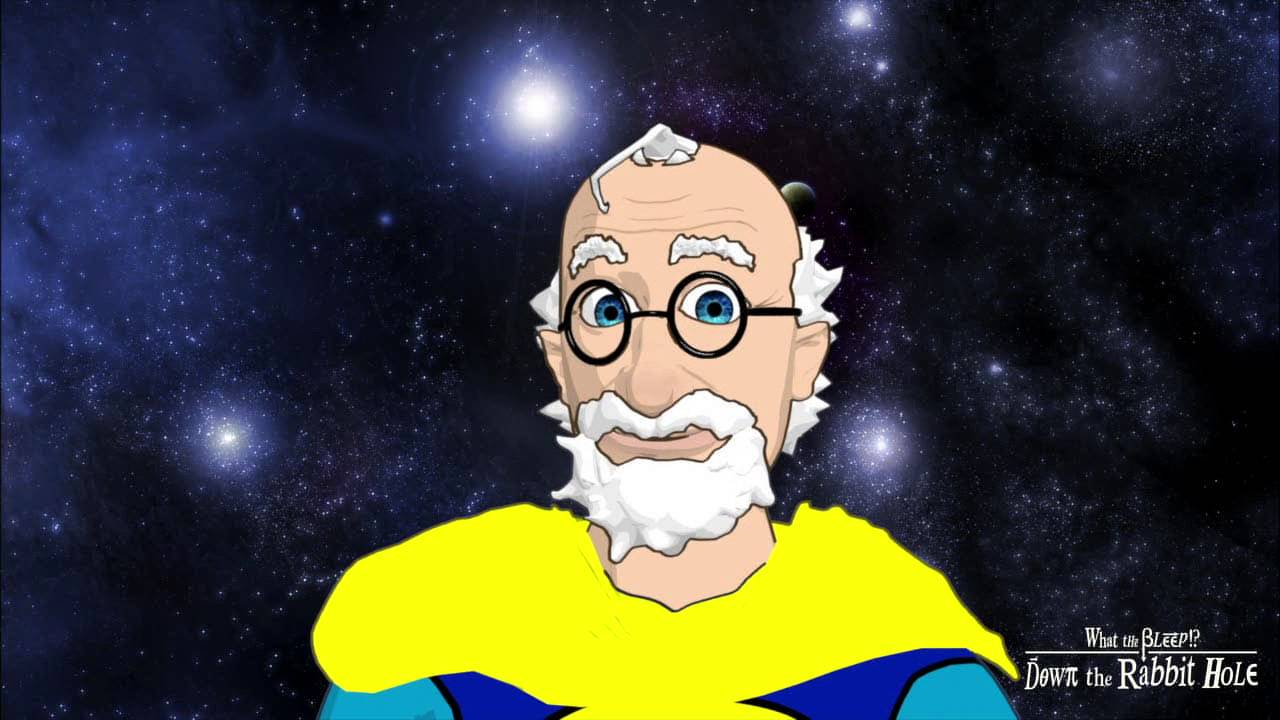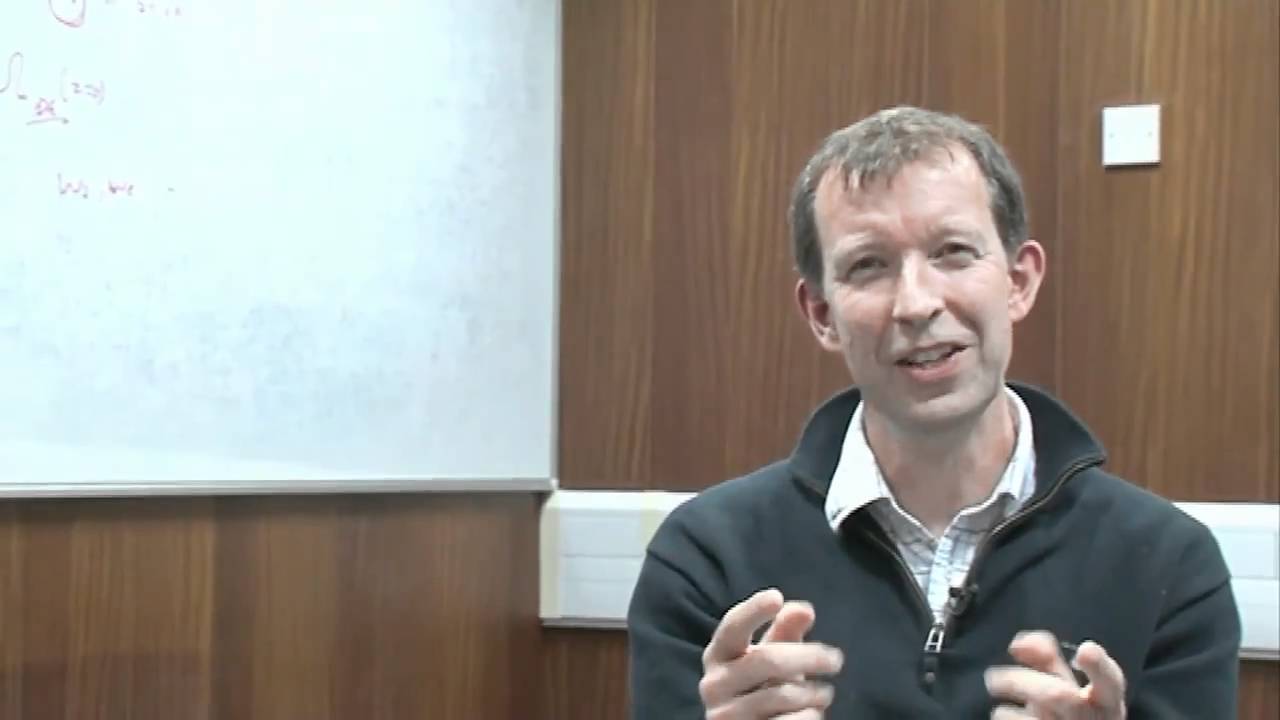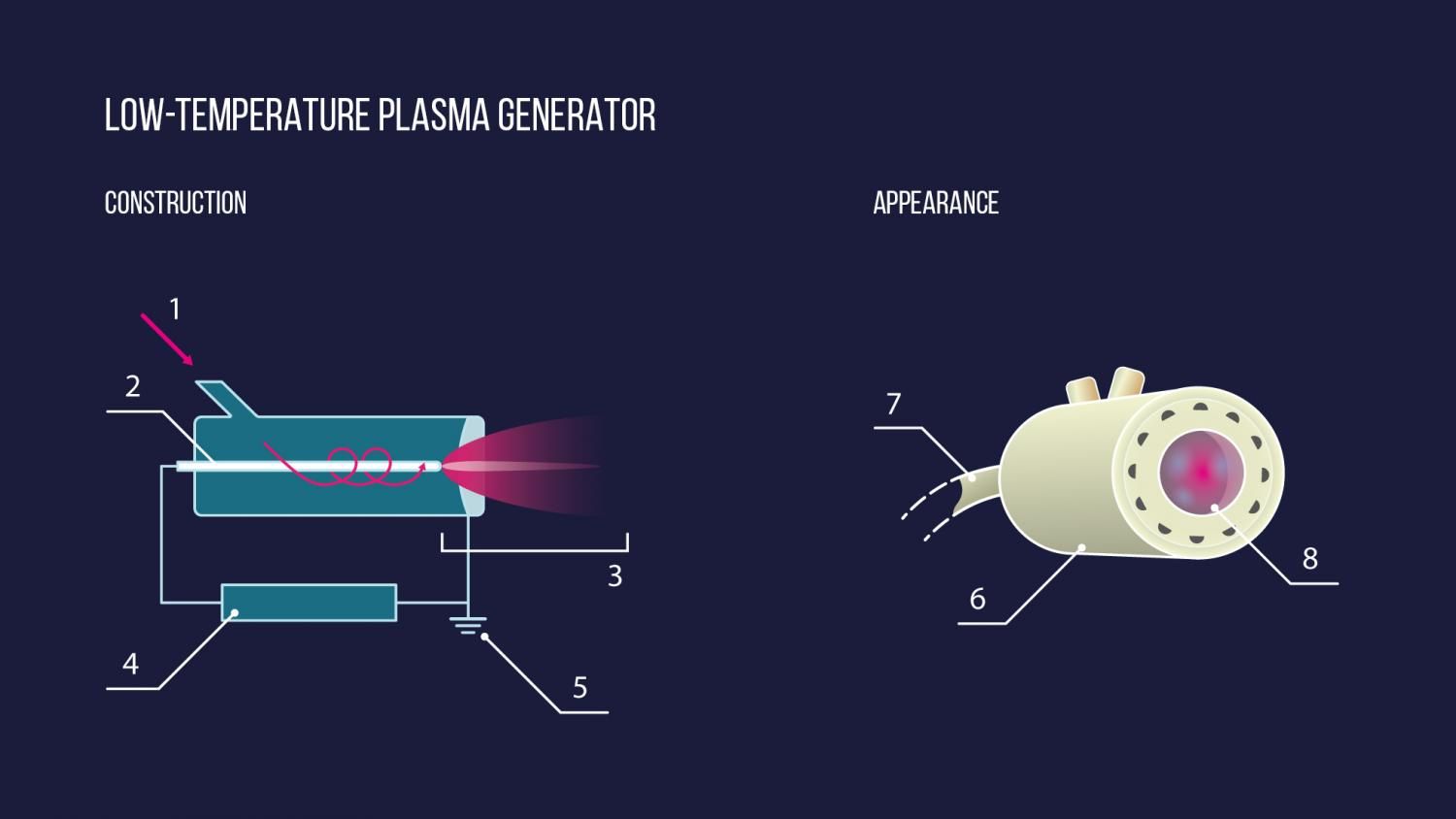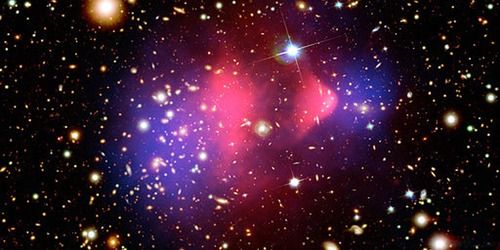Sep 19, 2016
Science breakthrough – light particles teleported across cities
Posted by Karen Hurst in categories: particle physics, quantum physics, science, space travel
Scientists have shown they can teleport matter across a city, a development that has been hailed as “a technological breakthrough”.
However, do not expect to see something akin to the Star Trek crew beaming from the planet’s surface to the Starship Enterprise.
Instead, in the two studies, published today in Nature Photonics, separate research groups have used quantum teleportation to send photons to new locations using fibre-optic communications networks in the cities of Hefei in China and Calgary in Canada.
Continue reading “Science breakthrough – light particles teleported across cities” »
